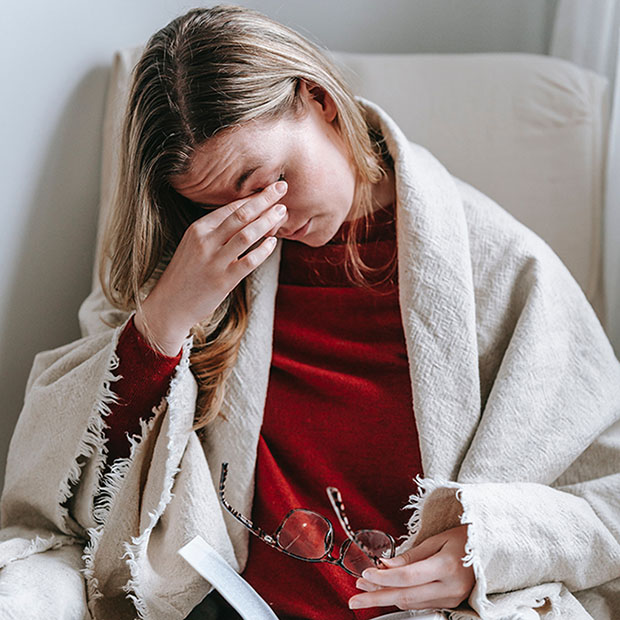Germs and Our Eyes

A habit of rubbing your eyes could come back to bite you.
We do that sort of thing without really thinking about it in moments when we’re tired, when we get something stuck in one eye, or when our eyes feel dry or itchy. It’s an attempt to alleviate the problem, but in reality we could be creating a bigger one, because every time we touch our eyes, we introduce the germs from our fingers (and everything we’ve touched since the last time we washed them) into a sensitive part of our bodies.
The Germs Living on Our Skin, Hands, and Under Our Fingernails
It might surprise you how many types of microscopic organisms live on our skin. They’re part of an ecosystem called “skin flora,” and not all of them are harmful. Some are even beneficial. Others, however, can certainly cause infections or diseases if they breach the barrier of the skin. That’s what makes the eyes such a convenient access point for them. Germs can stick to our skin whenever we touch a surface where they live, then become trapped under our fingernails where they breed and continue to spread to other things we touch (like our eyes).
The Natural Defenses of the Eyes
Fortunately, our eyes are not defenseless. We have eyelashes for practical reasons, not just as tools for flirting. They keep irritants out, and when we blink, it sweeps away debris that reaches the surface of the eye. The tear film over the eye is a complex, layered drainage system that acts like a moat around a castle. But when we rub our eyes, we could easily injure the cornea and create a weakness in the defenses.
We Can Help Protect Our Eyes From Germs
It’s a good idea to avoid touching your eyes whenever possible, especially if you wear contact lenses. If you absolutely must, such as when putting your contacts in or taking them out, you can minimize the risk of contamination and infection by washing your hands with soap first and keeping your fingernails neatly trimmed. The germs under our fingernails are so difficult to scrub away that they’re the reason medical professionals wear gloves when working with patients. (This problem applies to fake nails too.)
Come to Us With Your Eye Infection Concerns
If you experience eye symptoms like itchiness, redness, watering, tenderness, or burning, you might have an eye infection. Schedule an appointment with us so that we can help you fight the infection or discover the cause if it’s something else. In the meantime, try not to rub your eyes!